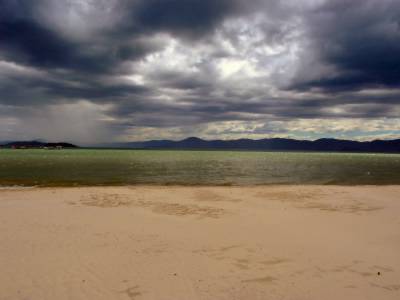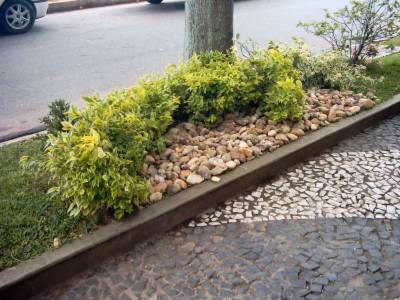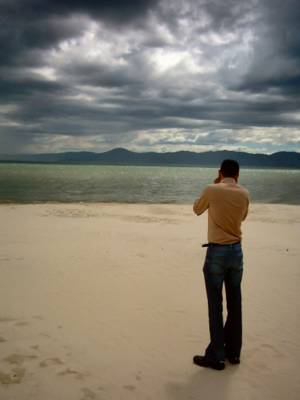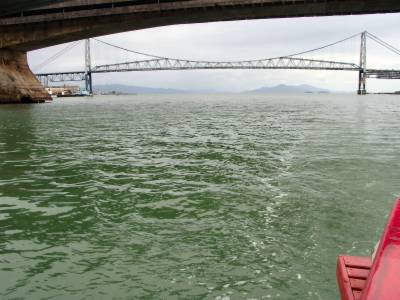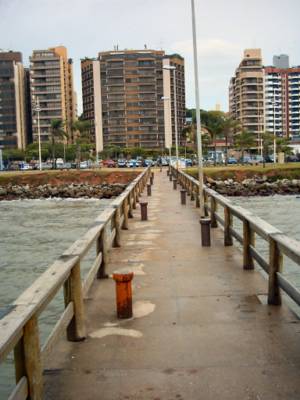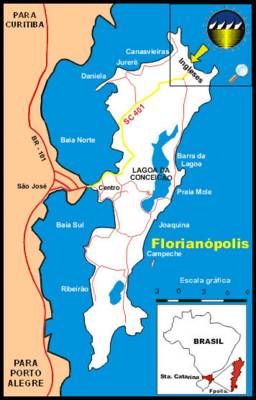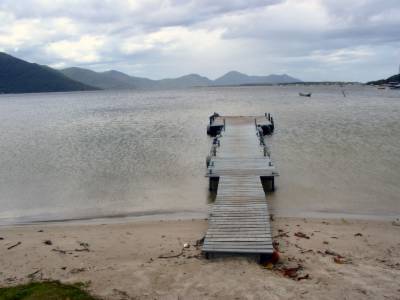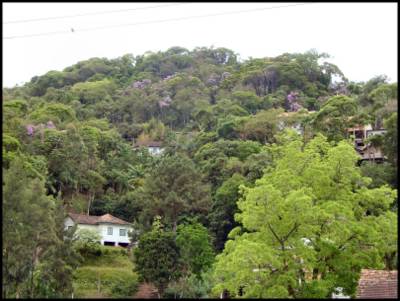
Back to Sao Paulo... In life, we fall in love with people, with places... With all its contradictions, such a beautiful country, and with such warm and welcoming people, will not disappoint anyone. I wish I could only leave Europe behind for a while and be a Brazilian for some time. Well, as a popular saying here states, we live in hope...
